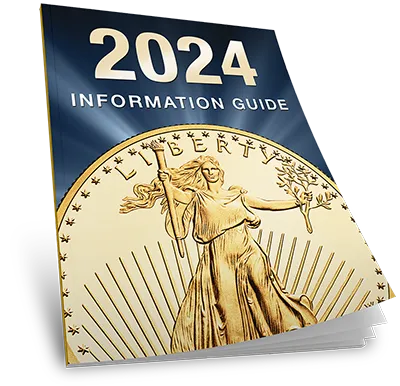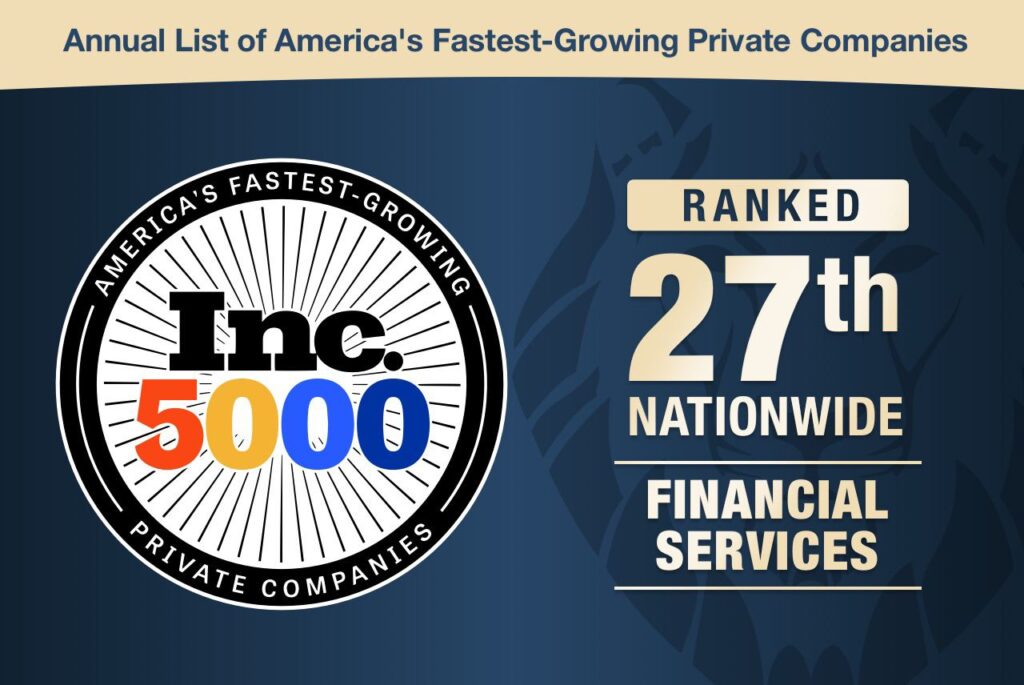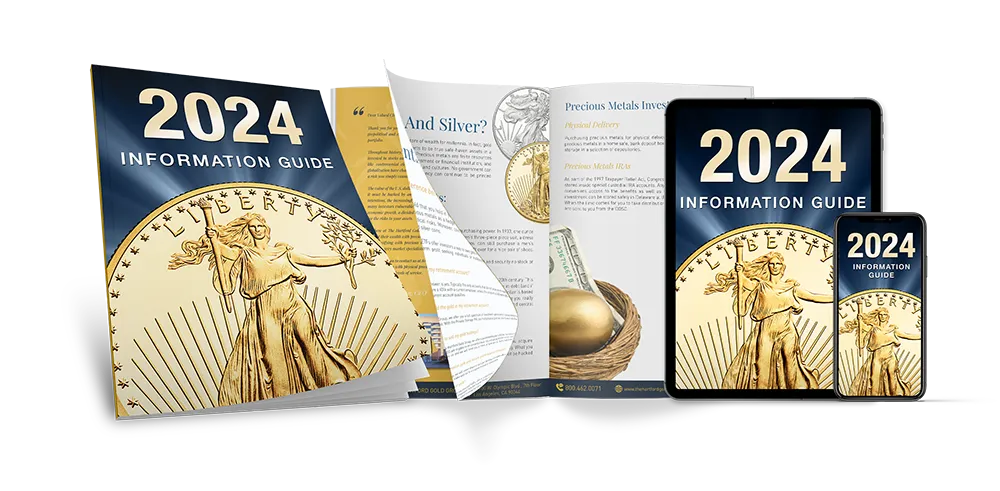This week is a big one for gold, as U.S. Federal Reserve Chair Janet Yellen will be speaking at the Federal Reserve’s annual retreat in Jackson Hole, Wyoming this Friday.
Despite all the recent mixed signals from the economy, it is expected that Fed Chair Janet Yellen will argue for a rate increase in late 2016.
However, a recent Wall Street Journal poll found that 71% of economists don’t expect a hike until at least December, and 50% don’t think an increase will happen at all this year. Recently released minutes of the last Federal Open Market Committee show central banks are still deeply divided on the wisdom of moving rates this yea
Gold prices can be sensitive to rate hikes, so gold has been trading in a fairly narrow range in recent days, with investors waiting for the Fed to clarify its position.
But there are many experts who believe that, long term, gold stands to benefit regardless of what the Fed ultimately decides to do.
In fact, the last time the Fed raised rates from 1% to 5.25% in 2004 to 2006, gold prices went up. In fact, one year after the Fed’s rate hike in 2004, gold prices were up more than 10%!
The lesson for gold investors: underlying trends buttressing gold prices such as geopolitical uncertainty, economic malaise, negative interest rates and discredited central bank policies remain squarely in place.
In a note to investors, Bank of America Merrill Lynch just reiterated its $1,500 an ounce target for gold in 2017. UBS still thinks gold will be above $1,400 in 2017. According to Capital Economics, any temporary gold pullbacks could represent buying opportunities for accumulating investors.
WHY IS GOLD STILL APPEALING IN THE FACE OF A POSSIBLE RATE INCREASE?
Author and gold market expert Jim Rickards stated last week that “gold prices have nowhere to go but up as central banks try their utmost to spur inflation.” Why? Ultimately, central banks prefer inflation to deflation because inflation lowers the real value of national debt. The U.S.A. has been in a steady period of low inflation since 2014, so any rate increases right now seem premature.
For example, in a bid to stimulate economic growth, both the European Central Bank and Bank of Japan have dramatically cut rates and pumped billions into the financial markets. While these policies have so far failed to spur inflation, prices must eventually rise. Gold, the classic inflation hedge, stands to benefit.
Roger Arnold of RealMoney.com believes gold could be in the early stages of a period of appreciation that will result in $4,000 an ounce within five to ten years. Dennis Gartman, editor of The Gartman Letter, thinks the odds of more stimulus from Japanese and European central banks are high and now is a time to accumulate gold.
Last week, RBC Capital Markets increased its gold price forecast to $1,500 an ounce for the years 2017 and 2018. The bank cited elevated geopolitical risk in the U.K./Euro zone, systemic risks from negative yields for government bonds and the Fed’s monetary policy as key factors behind its bullish expectations for precious metals.
INVESTMENT DECISIONS SHOULD NOT BE BASED ON FED POLICY
My advice? It would be wise to completely ignore what the Fed is going to do in the short term and concentrate on what’s right for you and your loved ones.
Dips in gold prices are attractive market entry points and can put the power of dollar cost averaging to work for you in the precious metals markets. Gold is liquid, safeguards your privacy and is the safe haven asset of choice when the future is uncertain.
When rates and inflation rise again, gold owners will have a form of currency that is not tied to the misguided policies of any government or central bank: gold.






